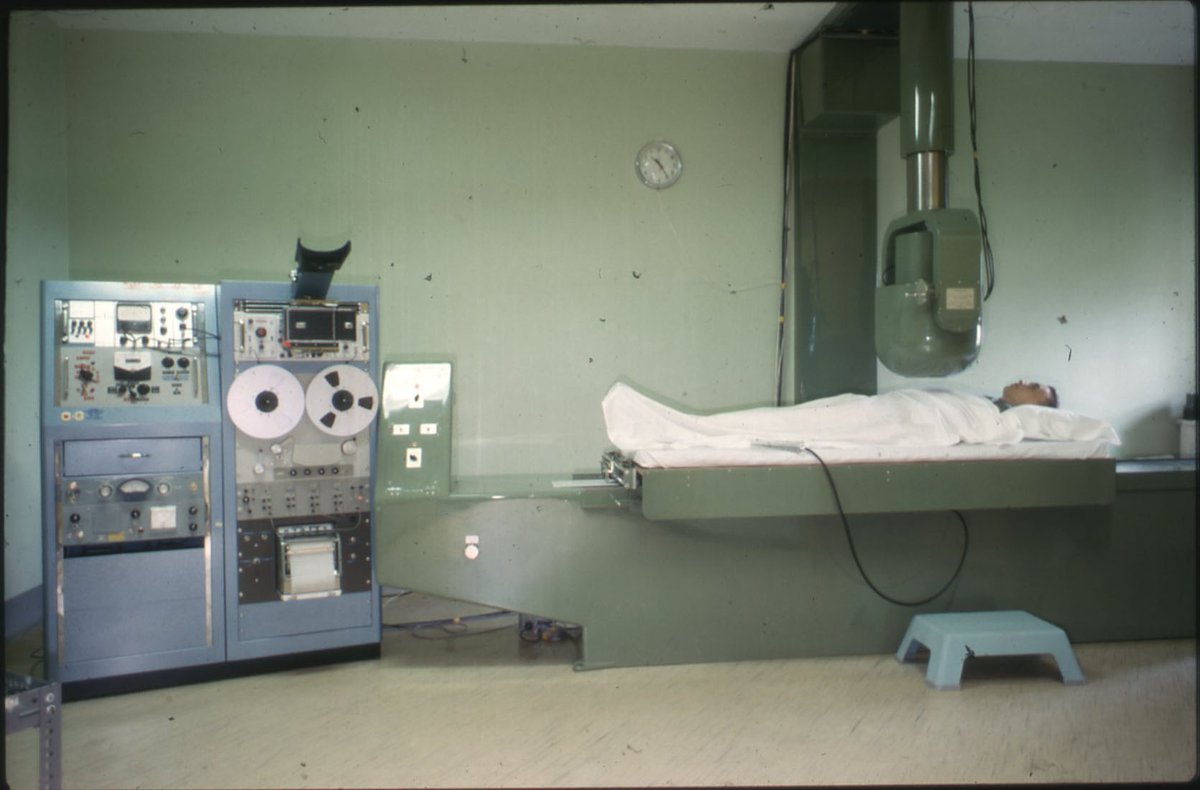
I am confused. Were the charges stayed, or withdrawn? There is a huge legal difference, despite the lawyer interviewed in the article (whose remarks should be reviewed by the law society).
cbc.ca/news/canada/sa…
cbc.ca/news/canada/sa…
A charge that is stayed is still on the court record and can be reactivated. It matters who requested the stay of charges. pardons.org/stay-of-charge…
This overview showcases that a withdrawn charge is very different from a charge that is stayed. More said in the interview that he did not flee the scene. But here's the thing: no RCMP officer writes up a charge unless they are sure of their facts.
The fact that it was written up, AND there were multiple court dates, means that it proceeded for quite some time before it was stayed. That is not an 'oops' by an officer, sorry, I didn't know you called in your accident. That's a clear trail in the system.
A stay of charges is more rare, and it's used in specific times, such as when the evidence is compromised, or a witness withdraws testimony, or similar. A stay is not the same as withdrawn, and everyone involved in this story (journalists, lawyers, and Moe) need to be clear.
Of course, itmatters less now, as a charge that is stayed can only be reopened within the year, and we are well beyond that. But the files attached to the article showcase a lot more than what Moe admitted.
• • •
Missing some Tweet in this thread? You can try to
force a refresh








